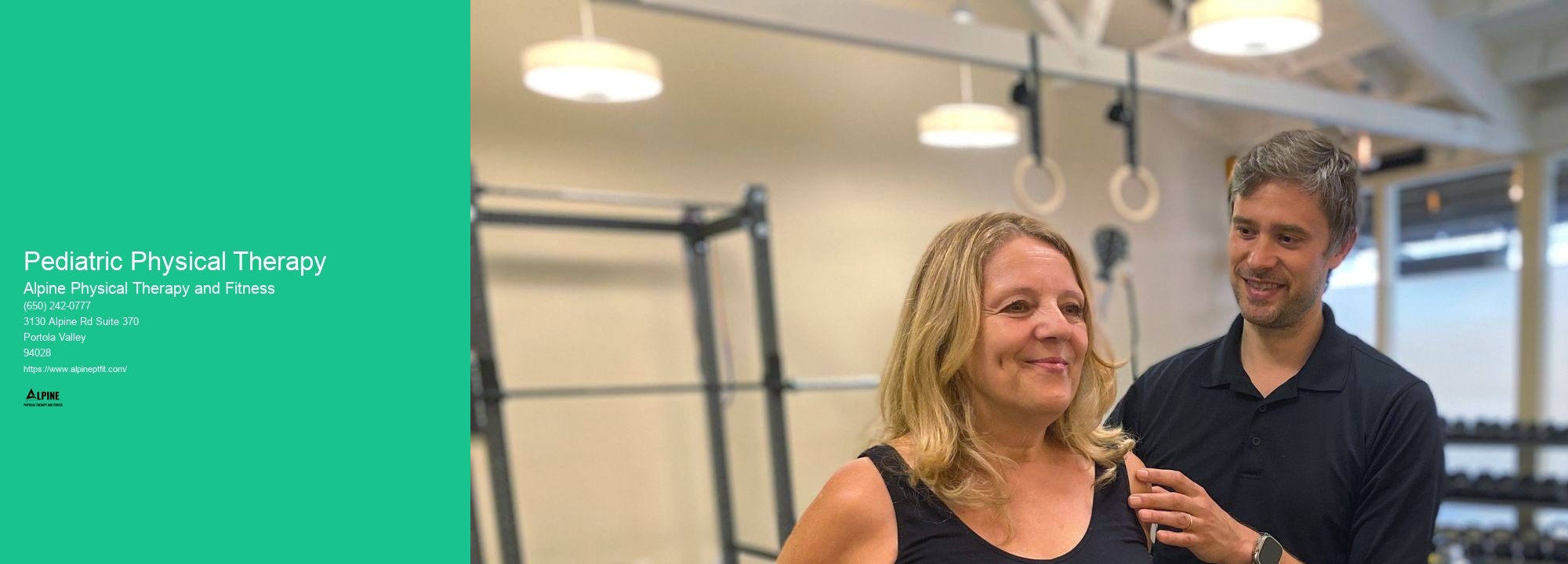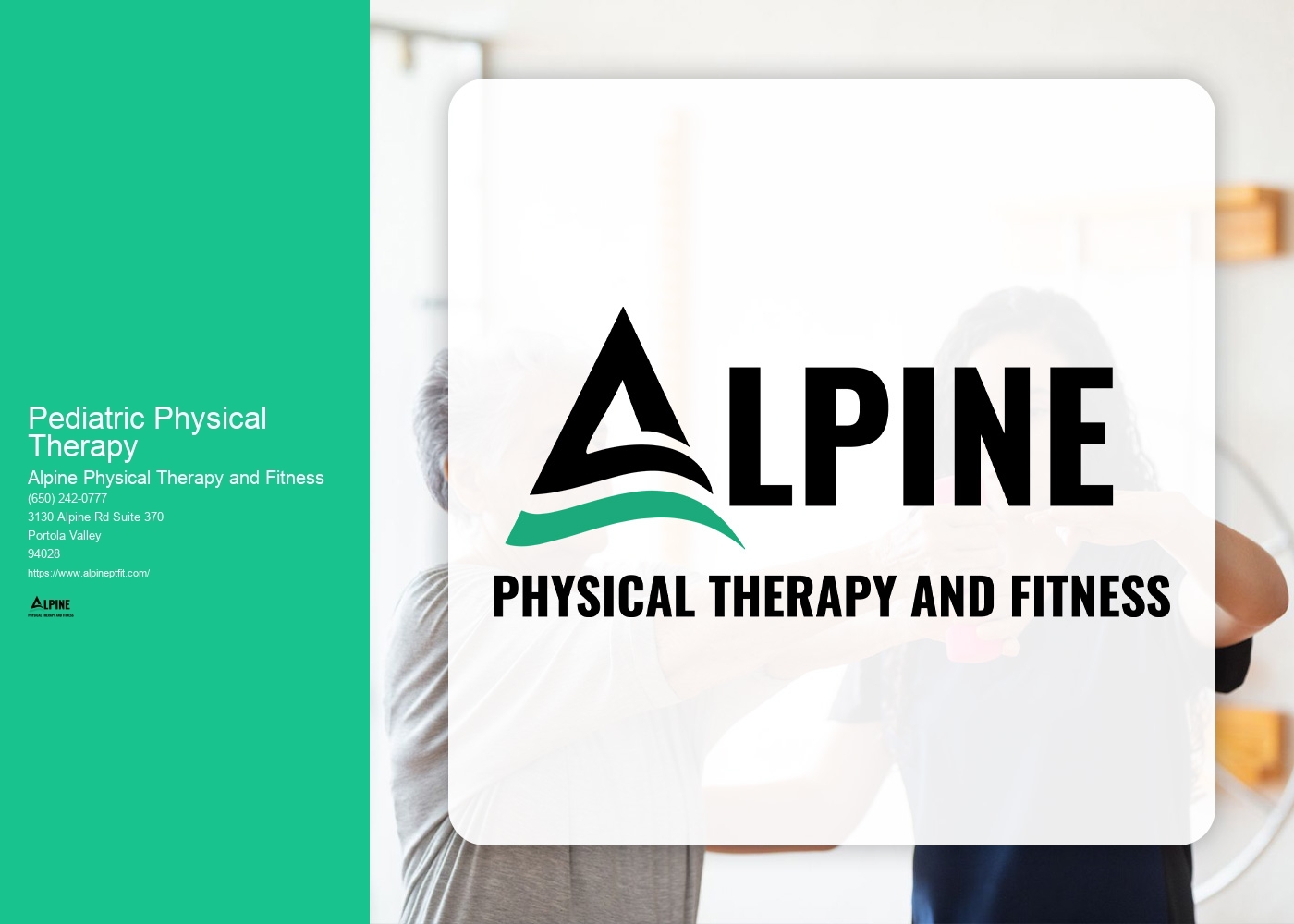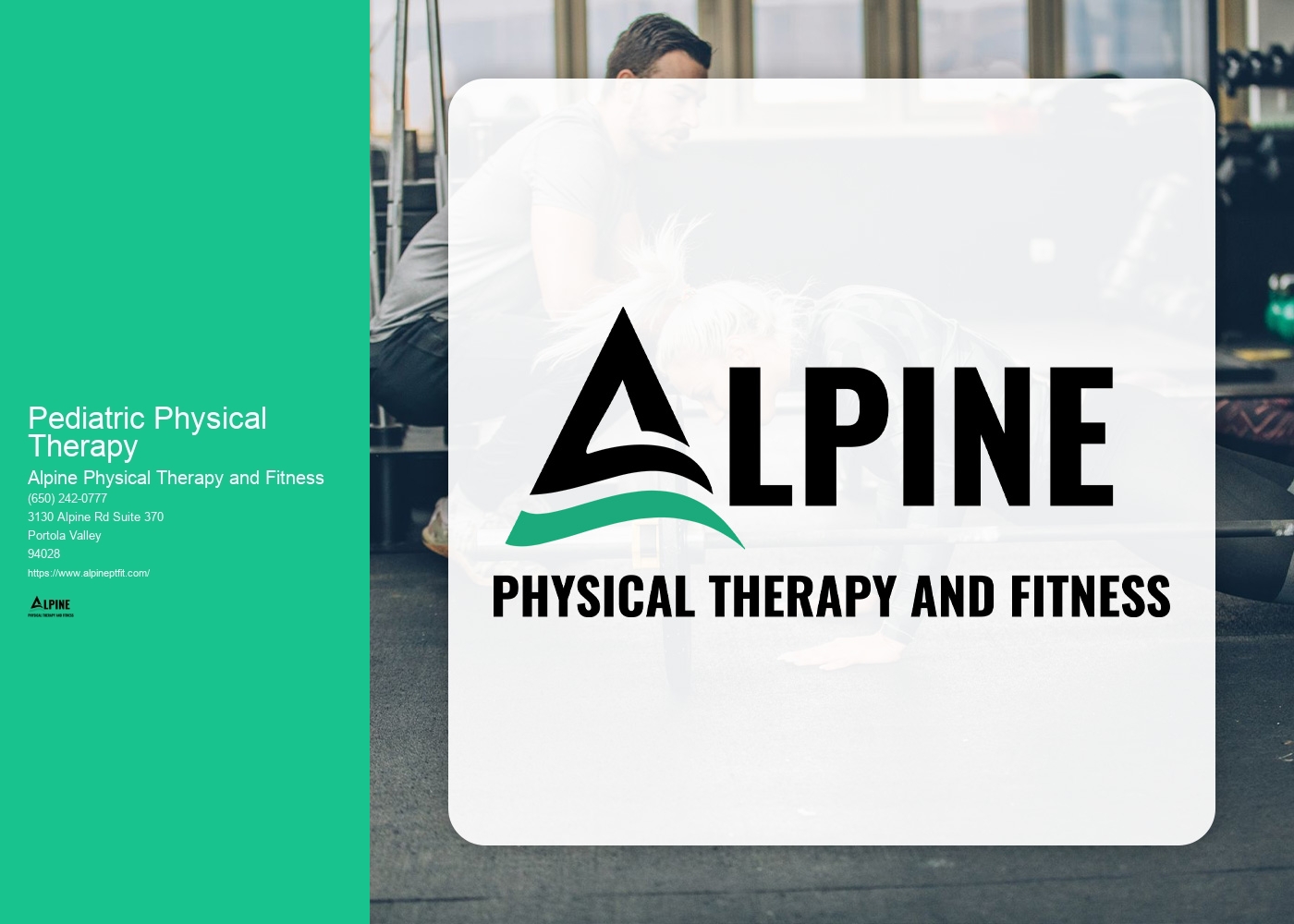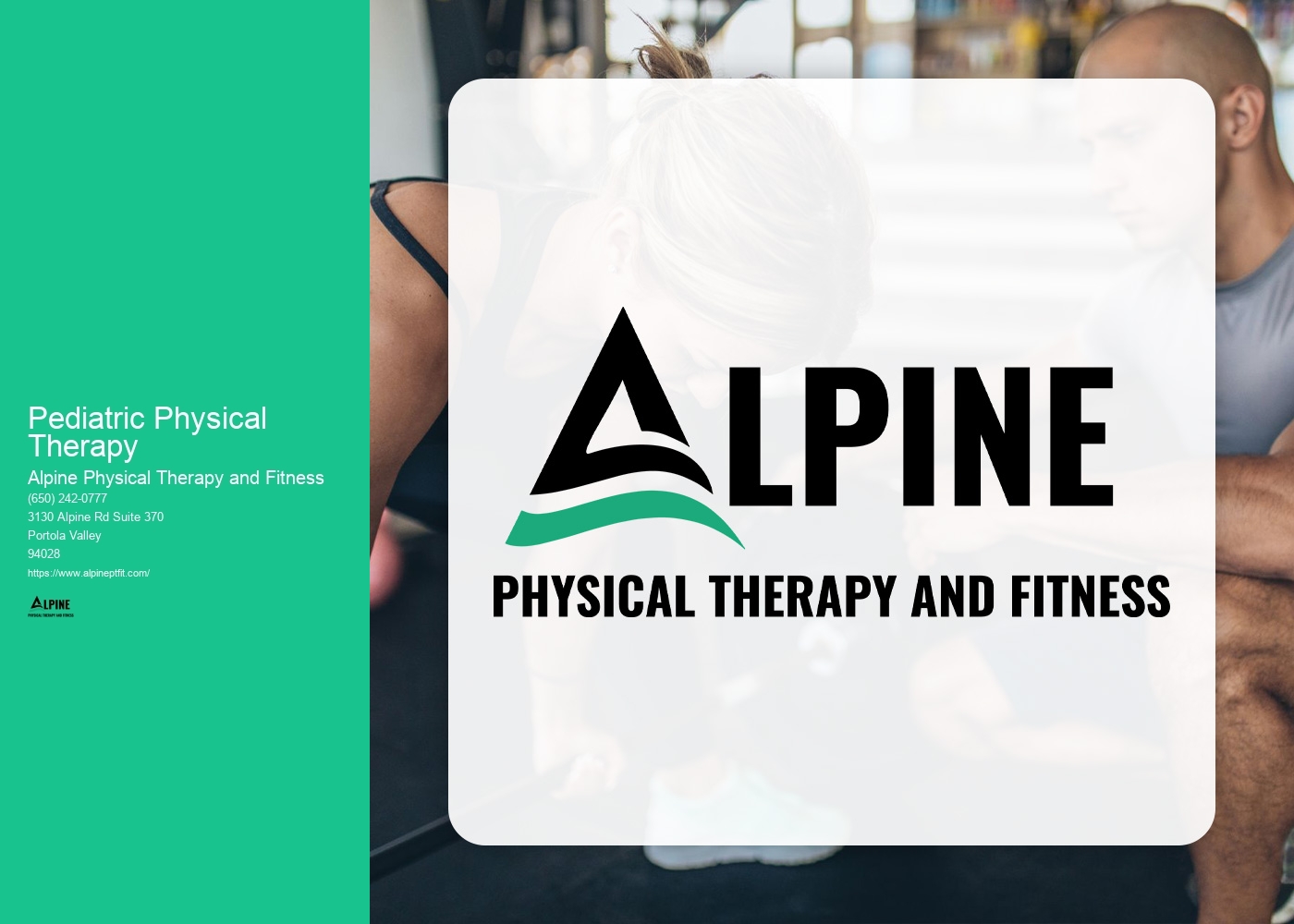

Pediatric physical therapy is a specialized branch of physical therapy that focuses on the evaluation, treatment, and management of children with developmental, neuromuscular, orthopedic, and congenital conditions. It aims to improve the physical function, mobility, strength, and overall quality of life for children. Pediatric physical therapists work closely with children and their families to develop individualized treatment plans that address their specific needs and goals.
Pediatric physical therapy can help children with a wide range of conditions and disorders. These may include but are not limited to cerebral palsy, spina bifida, muscular dystrophy, developmental delays, torticollis, Down syndrome, and sports injuries. It can also assist children with balance and coordination difficulties, gait abnormalities, and post-surgical rehabilitation. The goal is to promote optimal physical development and independence in daily activities.
Pediatric physical therapy differs from adult physical therapy in several ways. Firstly, children are still growing and developing, so the treatment approaches need to be tailored to their age and stage of development. Pediatric physical therapists use play-based activities and exercises to engage children and make therapy sessions enjoyable. Additionally, pediatric physical therapy often involves collaboration with parents, caregivers, and other healthcare professionals to ensure a holistic approach to the child's care.

The goals of pediatric physical therapy are multifaceted. They include improving gross motor skills, such as crawling, walking, running, and jumping, enhancing balance and coordination, increasing strength and endurance, improving flexibility and range of motion, and promoting independence in activities of daily living. Pediatric physical therapists also aim to minimize pain, prevent secondary complications, and optimize the child's overall physical function and participation in social and recreational activities.
Pediatric physical therapy utilizes a variety of techniques and interventions to address the specific needs of each child. These may include therapeutic exercises, manual therapy, gait training, balance training, aquatic therapy, assistive devices, orthotics, and adaptive equipment. The therapist may also incorporate sensory integration techniques, play therapy, and functional training to enhance the child's engagement and progress.

The duration of a typical pediatric physical therapy session can vary depending on the child's age, condition, and treatment plan. Generally, sessions last between 30 minutes to one hour. The frequency of sessions may also vary, ranging from once a week to multiple times per week, depending on the child's needs and goals. The therapist will assess the child's progress regularly and adjust the treatment plan accordingly.
The frequency of pediatric physical therapy sessions depends on the child's specific needs and goals. In some cases, children may attend therapy sessions once a week, while others may require more frequent sessions, such as two to three times per week. The therapist will determine the appropriate frequency based on the child's condition, progress, and individualized treatment plan. Regular attendance and consistency are important for achieving optimal outcomes in pediatric physical therapy.

Physical therapy plays a crucial role in addressing overuse injuries in runners by employing a comprehensive approach that focuses on reducing pain, promoting healing, and preventing future injuries. Physical therapists utilize a variety of techniques and modalities such as manual therapy, therapeutic exercises, stretching, and strengthening exercises to target the specific muscles and tissues affected by the overuse injury. They also provide education on proper running form, footwear selection, and training modifications to prevent further strain on the injured area. Additionally, physical therapists may incorporate other interventions like ultrasound, electrical stimulation, and heat or cold therapy to further enhance the healing process. By tailoring the treatment plan to the individual runner's needs and goals, physical therapy helps runners recover from overuse injuries and return to their sport safely and efficiently.
Physical therapy plays a crucial role in addressing toe-walking in children. Toe-walking refers to a gait pattern where a child walks on their toes instead of using their entire foot. Physical therapists use a variety of techniques and interventions to address this issue. They may focus on improving muscle strength and flexibility in the lower legs and feet through exercises and stretches. They may also work on improving balance and coordination to help the child transition to a more typical heel-to-toe walking pattern. Additionally, physical therapists may use orthotic devices, such as ankle-foot orthoses, to provide support and encourage proper foot alignment. By addressing the underlying factors contributing to toe-walking, physical therapy can help children develop a more functional and efficient walking pattern.
Physical therapy can be highly beneficial for older adults with osteoarthritis. By incorporating a range of exercises and techniques, physical therapists can help improve joint mobility, reduce pain, and increase overall function. Therapeutic exercises, such as range of motion exercises and strengthening exercises, can help improve joint flexibility and muscle strength, which can alleviate the symptoms of osteoarthritis. Additionally, manual therapy techniques, such as joint mobilization and soft tissue mobilization, can help reduce pain and improve joint function. Physical therapists may also provide education on proper body mechanics and posture, as well as recommend assistive devices, such as braces or canes, to help older adults with osteoarthritis maintain their independence and reduce the risk of falls. Overall, physical therapy plays a crucial role in managing osteoarthritis in older adults, helping them maintain an active and fulfilling lifestyle.
Physical therapy can be a valuable treatment option for individuals with pulmonary fibrosis. Pulmonary fibrosis is a progressive lung disease characterized by the scarring of lung tissue, which can lead to difficulty breathing and reduced lung function. Physical therapy interventions, such as breathing exercises, chest physiotherapy, and aerobic conditioning, can help improve lung function, increase exercise tolerance, and enhance overall quality of life for individuals with pulmonary fibrosis. These interventions aim to optimize respiratory mechanics, promote effective coughing and secretion clearance, and enhance cardiovascular fitness. Additionally, physical therapists can provide education and support to individuals with pulmonary fibrosis, helping them manage their symptoms and adapt to their condition. Overall, physical therapy can play a crucial role in the comprehensive management of pulmonary fibrosis, improving functional capacity and enhancing the overall well-being of individuals affected by this condition.
Physical therapists utilize the Mulligan Concept as a technique for joint mobilization in their practice. This approach involves the application of sustained manual pressure and movement to specific joints in order to improve their range of motion and reduce pain. The Mulligan Concept focuses on the concept of mobilization with movement, where the therapist applies a specific force while the patient actively performs a specific movement. This technique allows for the restoration of normal joint mechanics and function, promoting healing and improving overall physical well-being. Physical therapists who employ the Mulligan Concept are trained to assess and treat various musculoskeletal conditions, using their expertise to provide targeted and effective joint mobilization interventions.
Physical therapy has been shown to be effective in improving gross motor skills in premature infants. Premature infants often experience delays in their motor development due to their early birth and underdeveloped muscles. Physical therapy interventions, such as therapeutic exercises, stretching, and positioning techniques, can help promote the development of gross motor skills in these infants. By targeting specific muscle groups and providing appropriate stimulation, physical therapists can help premature infants improve their strength, coordination, balance, and overall motor function. Additionally, physical therapy can also help prevent or minimize the risk of long-term motor impairments in premature infants.